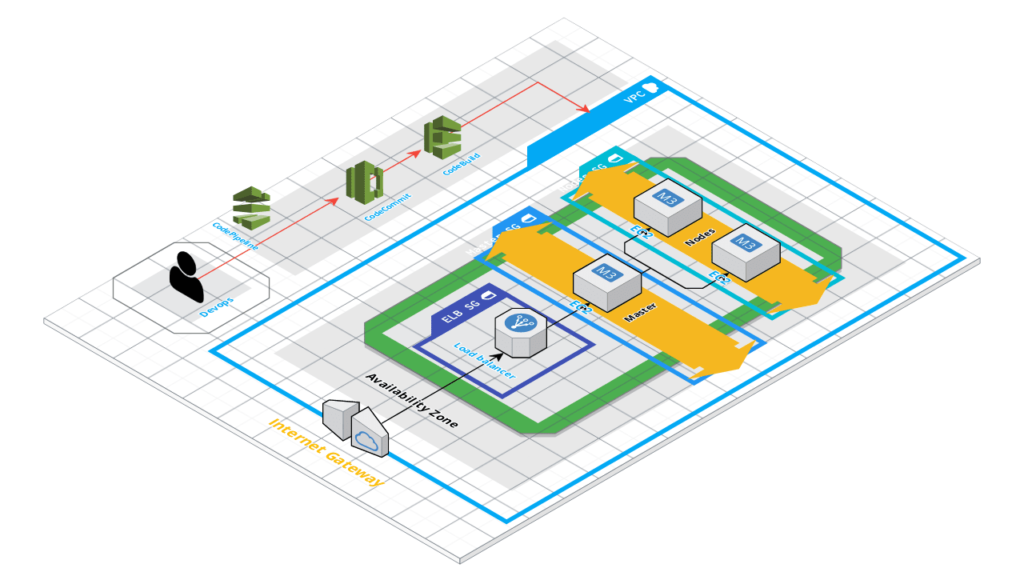
If something works or doesn’t work, it is likely to have the same effect in production.Įnvironments are pre-installed with the application, which means that we are always testing the exact same artifacts, so we get artifact consistencyīecause environments are pre-installed, we are also in-explicitly testing the installation/deployment scripts of the application.Īlso notice that there is no “installation” after the pre-baking stage. This provides environmental consistency between all tests and stages, and removes any false positives or negatives. The reason we are always using the same environment template, is because: Staging environments are designed to look exactly like production (in fact, in this case, we are using staging as a production environment in the final stage). Notice that the environment we are spinning up and spinning down is always the same environment, and it is a staging environment with the application pre-loaded on top of it. Spin down old prod environment (this is a very simplistic solution)

Switch DNS from old production to new environment Run approval tests/wait for approval and provide a link to the environment for humans to look into the environment Save AMIs for later instantiation as STAGING environment (in places such as S3, artifactory etc.)

There is also an stage (2) that creates a pre-baked environment as a set of AMIs of VM images (or containers) to later be instantiated. The first step(1) is to compile and run fast unit tests, followed by putting the binaries in s aspecial binary repository such as artifactory.

In an ephemeral environment configuration, each relevant stage would contain two extra actions: one at the beginning, and one at the end, that spin up an environment for the purpose of testing, and spin it down at the end of the stage. In a traditional static environment configuration, each stage (perhaps except the build stage) would be configured to run again a static environment that is already built and is waiting for it, or some steps might share the same environment, which causes all the issues I mentioned previously.


 0 kommentar(er)
0 kommentar(er)
